Unlocking Airbnb’s Secret: How SaaS Founders Can Aim For 10 Stars And Win

Please note: this is an experimental article written primarily with AI
“Innovate or die” — it’s a phrase that’s become almost cliché in the tech industry. But beyond this often-overused adage lies an undeniable truth: the most successful companies aren’t just iterating on existing ideas; they’re redefining the realms of possibility. Enter Airbnb’s 10-Star framework, a methodology not just for thinking outside the box, but for questioning why that box even exists.
At first glance, the 10-Star framework seems, well, a little wacky. An 8-star experience with celebrities greeting you at the airport? A 10-star private island stay complete with a personal parade? Yet, when dissected, the underlying magic of this methodology becomes clear: It’s all about limitless, uninhibited brainstorming. It’s about pushing your mind to its most creative corners and then daring to dream just a little bit more.
So, What’s the 10-Star Framework?
Brian Chesky, co-founder of Airbnb, wanted his team to think grander. Beyond the ordinary, past the expected. He imagined experiences from the dismal (1-star) to the downright fantastical (10-star). While achieving a 10-star experience might not always be realistic, the act of imagining it can open the door to groundbreaking ideas.
But here’s the kicker: SaaS founders, this isn’t just for tangible experiences like travel accommodations. It’s for software, too. Here’s how you can adopt and adapt this framework to build exceptional software experiences.
Why SaaS and Why Now?
Today’s SaaS market is booming and bursting. With so many products competing for attention, a 5-star product might not cut it anymore. For founders, it’s no longer just about having a working, efficient product. It’s about delivering moments of unexpected delight, creating not just users, but advocates.
1. Understand Your Current Star Rating
Before you aim for 10 stars, grasp where you stand. Conduct surveys, gather feedback, and understand your user experience thoroughly. What would a 1-star review say? Conversely, what would a 5-star review look like? This not only gives you a clear starting point but also sheds light on current pain points.
2. Dream Big. Then, Dream Bigger.
Sit down with your team and challenge each member to imagine the wildest version of your product. What’s your software’s 10-star version? A tool that not only addresses the user’s core problem but anticipates needs they didn’t even know they had? Maybe it integrates seamlessly with every app they use, offers real-time support via hologram, or gives them daily virtual high-fives.
3. Work Backwards
Once you’ve envisioned that over-the-top, jaw-dropping version of your software, work backward. What’s the 9-star version? The 8-star? As you scale back, you’ll find elements from your wild brainstorming that are actually feasible and can be integrated into your software for an enhanced user experience.
4. Ground Your Innovations
It’s essential to ensure that while you’re dreaming big, you’re also staying rooted in your users’ core needs. A 10-star experience that’s flashy but not functional or valuable can quickly turn into a 1-star experience.
5. Iterate and Implement
Maybe you can’t deliver a hologram-based support system right now. But perhaps there’s a way to offer more personalized, immediate support using current technologies. Extract those elements from your brainstorming session that offer genuine value and start integrating them.
Prioritizing the Stars: Not Everything Needs a Constellation
Startups operate under unique constraints. Resources are often limited, time is of the essence, and every decision can make or break momentum. So, while dreaming of 10-star experiences is exhilarating, it’s equally crucial to prioritize. Not every aspect of your product needs to be 10-star from the get-go. Some elements might be perfectly effective and efficient at 5-stars.
But how do you determine which features deserve immediate elevation and which can evolve over time? Enter the ICE framework.
Impact, Cost, Ease (ICE) is a scoring system to assess the potential impact of a feature, the cost of implementing it, and how easy it is to do so. It’s a practical method that can help SaaS founders not just ideate, but also implement effectively.
- Impact: Will this feature substantially improve the user experience? Will it solve a significant pain point?
- Cost: How much will it take in terms of resources, time, and money to introduce this feature?
- Ease: How easy or challenging will it be to integrate this feature into the existing platform?
By applying the ICE framework alongside the 10-Star methodology, founders can strike a balance between visionary thinking and pragmatic execution. It’s about discerning when to shoot for the stars and when a 5-star solution will more than suffice. In essence, while it’s vital to envision a product’s ultimate form, it’s equally important to understand its evolutionary journey.
The True Magic of the 10-Star Framework
The beauty of this framework isn’t about actually reaching 10 stars; it’s about shifting your mindset. It’s about understanding that while today’s users might be satisfied with a 5-star product, tomorrow’s users will expect more.
By allowing yourself to venture into the fantastical, you’re not just dreaming — you’re future-proofing. You’re pushing boundaries, fostering innovation, and ensuring that as the SaaS market evolves, you’re not just keeping pace but setting the rhythm.
In a world where technology evolves daily, where user expectations are continually shifting, the 10-Star framework serves as a reminder: In the race for innovation, the finish line is always moving. The question for SaaS founders isn’t just, “How can we meet expectations?” but rather, “How can we redefine them?”
So, to all SaaS founders reading this: Next time you’re in a product meeting, ask not just how you can fix bugs or improve features. Ask how you can turn your software into a 10-star experience. The answer might just surprise you.
Written by Jeremy Blaze, founder of Never Before Seen – a product design studio partnering with early-stage SaaS startups.

Introducing the all new Marathon – the tool for people who live in Figma

First Make Them Care: The $50B Communication Gap Between Experts and Success

AI Is Offering A New First Step To The Mental Health Journey
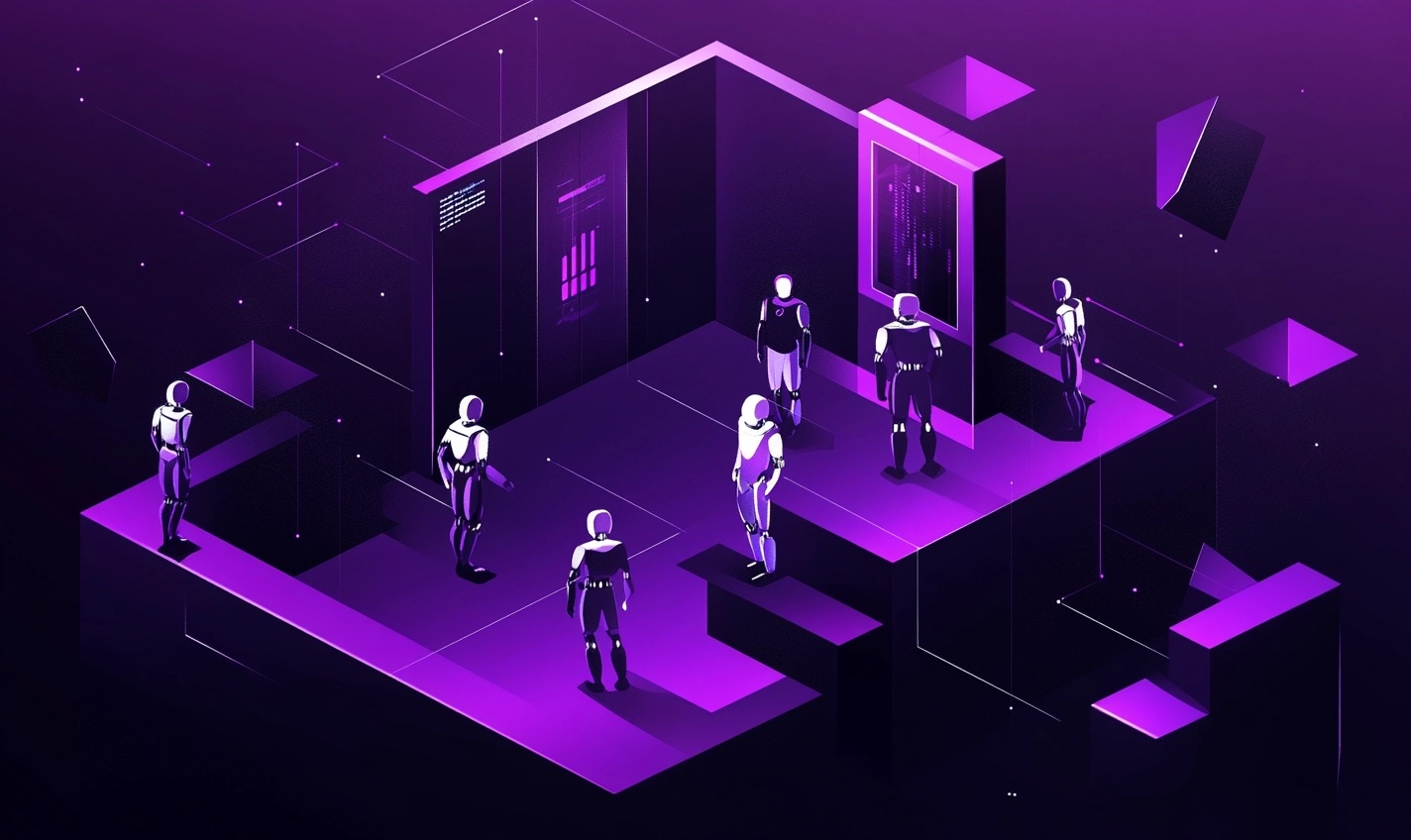
After the Interface: Rethinking Design for a World of AI Agents
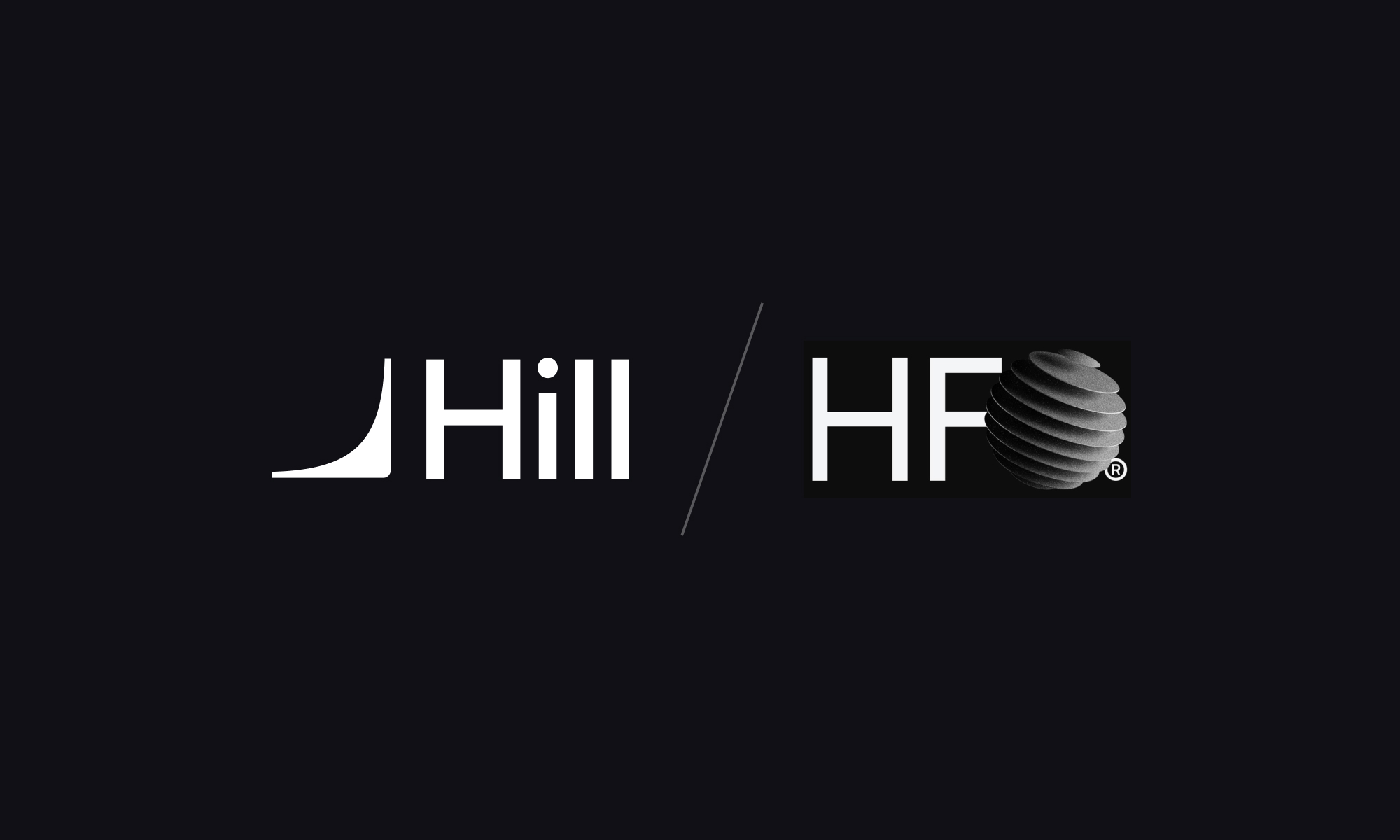
Hill Has Been Accepted Into The HF0 Residency
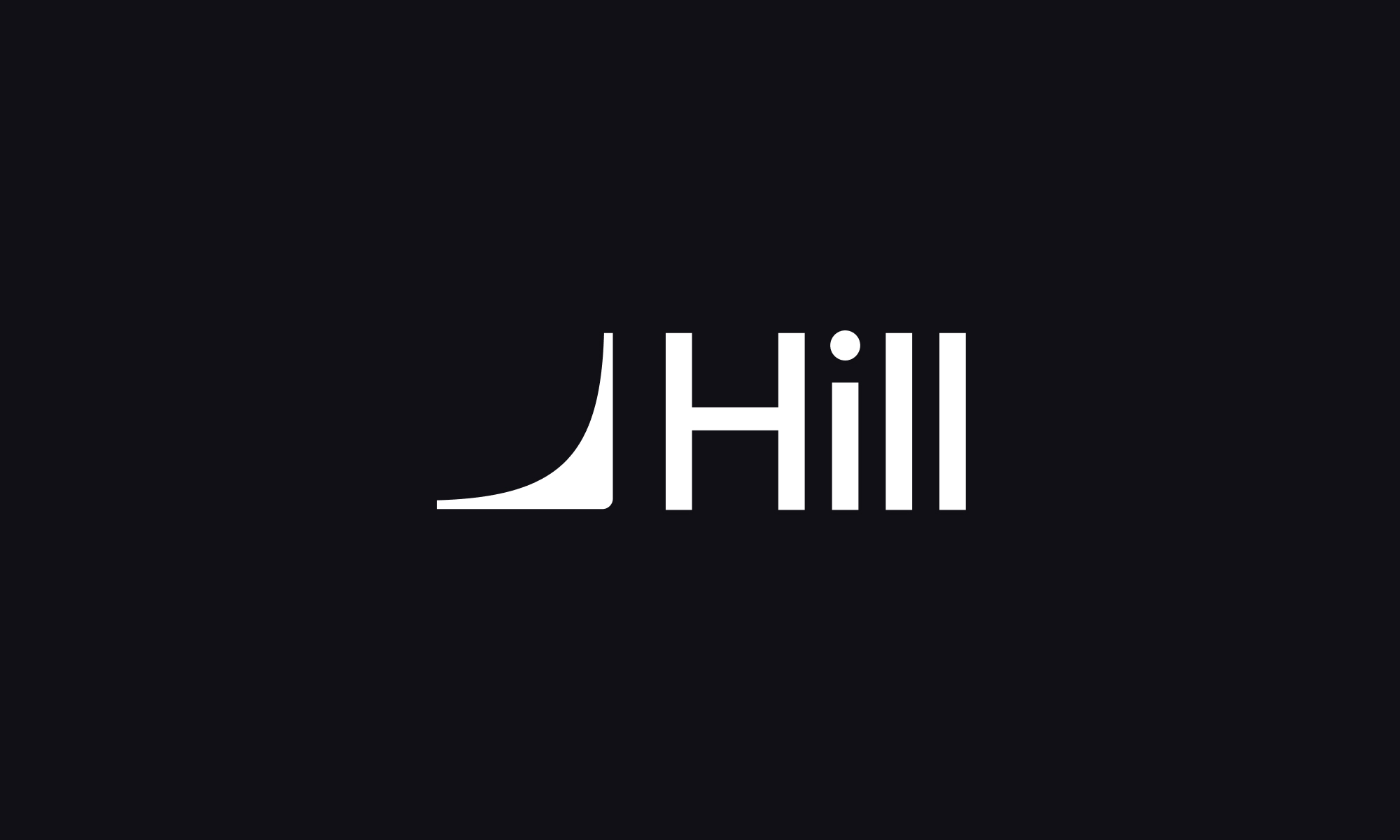
Joining Hill As Head of Product
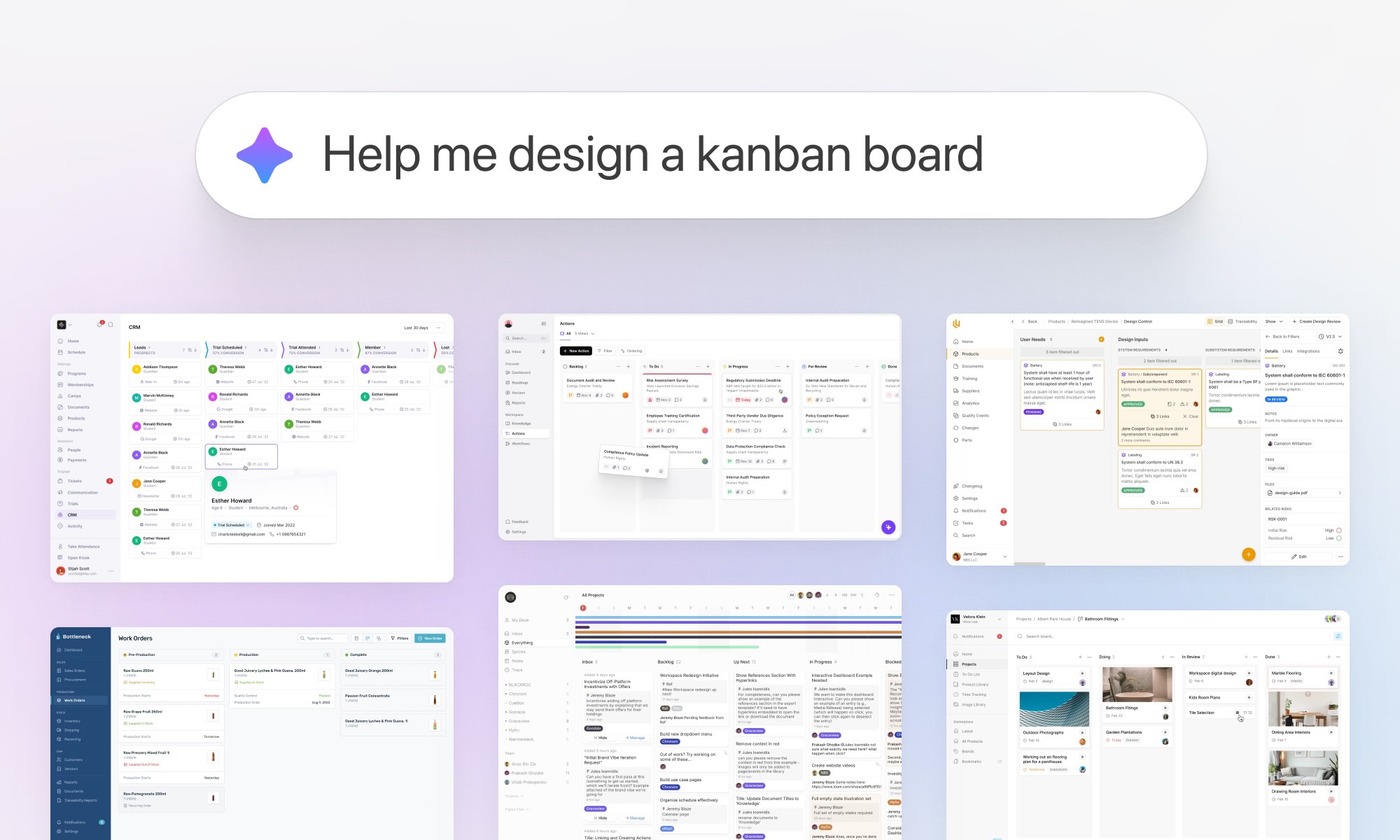
We turned 10 years of product design expertise into the ultimate AI design copilot
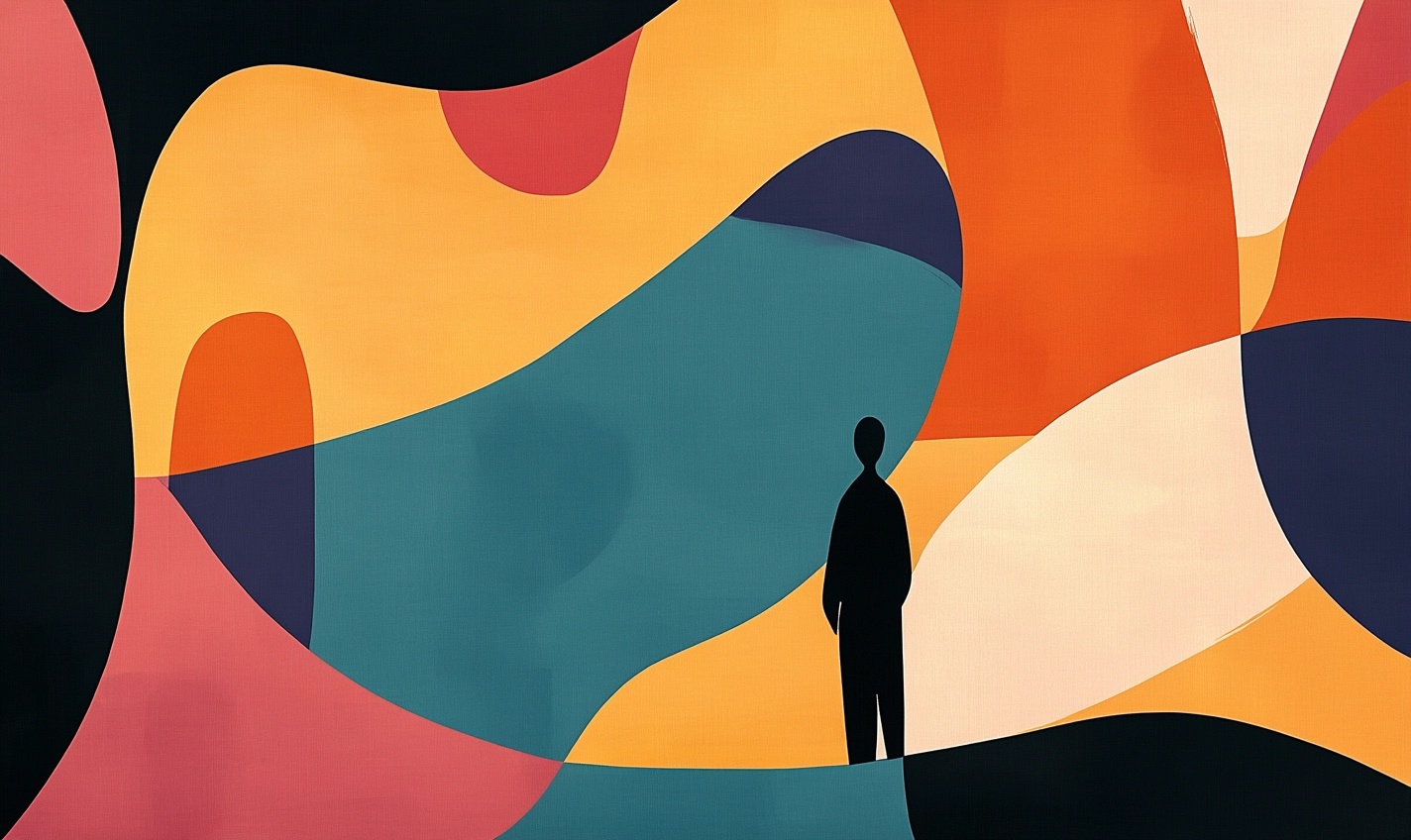
Breaking into UX & Product Design: A Guide for New Designers
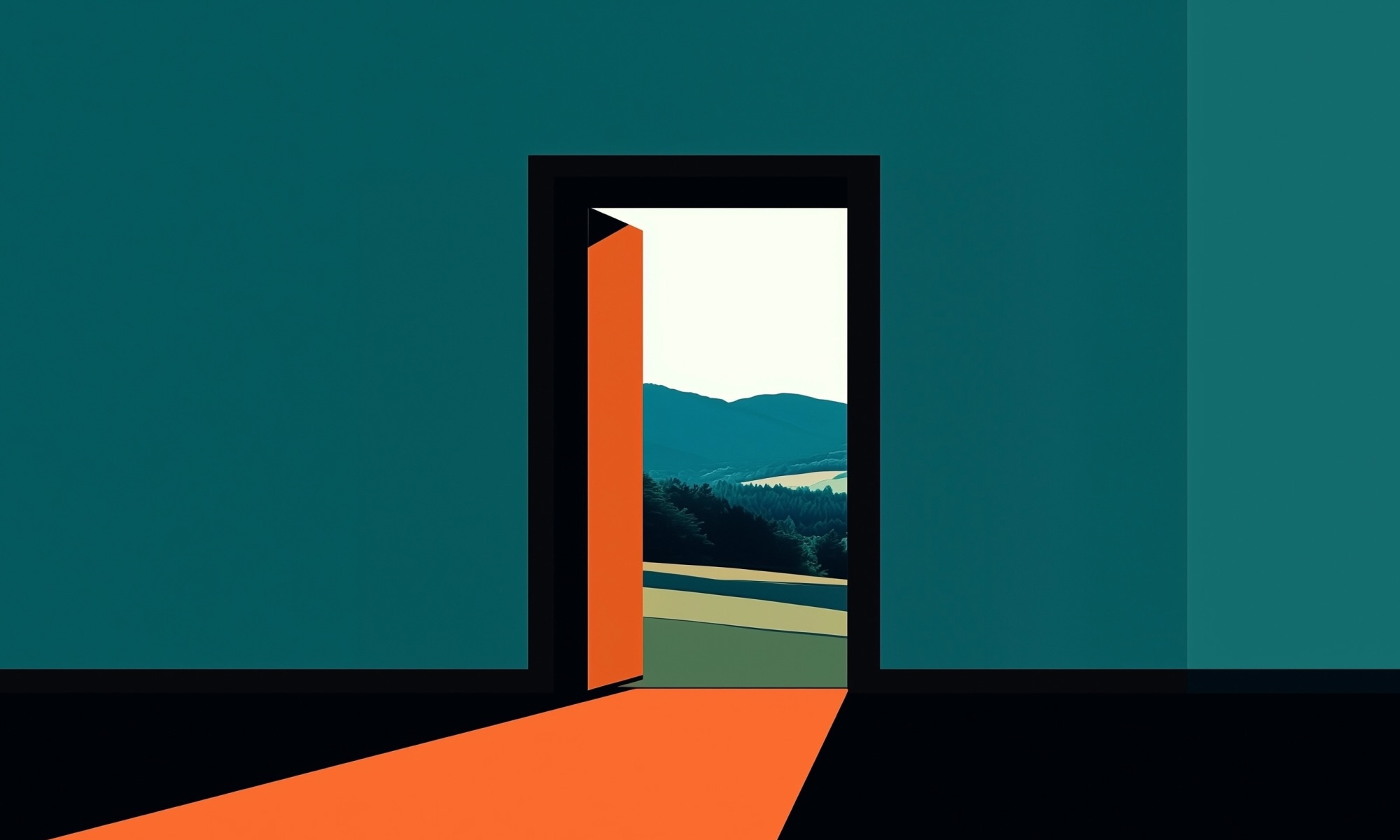
Adding 'flexible features' to uncover new product opportunities

Introducing Blair, the companion to help you conquer your day

Pushing Through Creative Block: Learning from Artists and Musicians to Reignite Inspiration
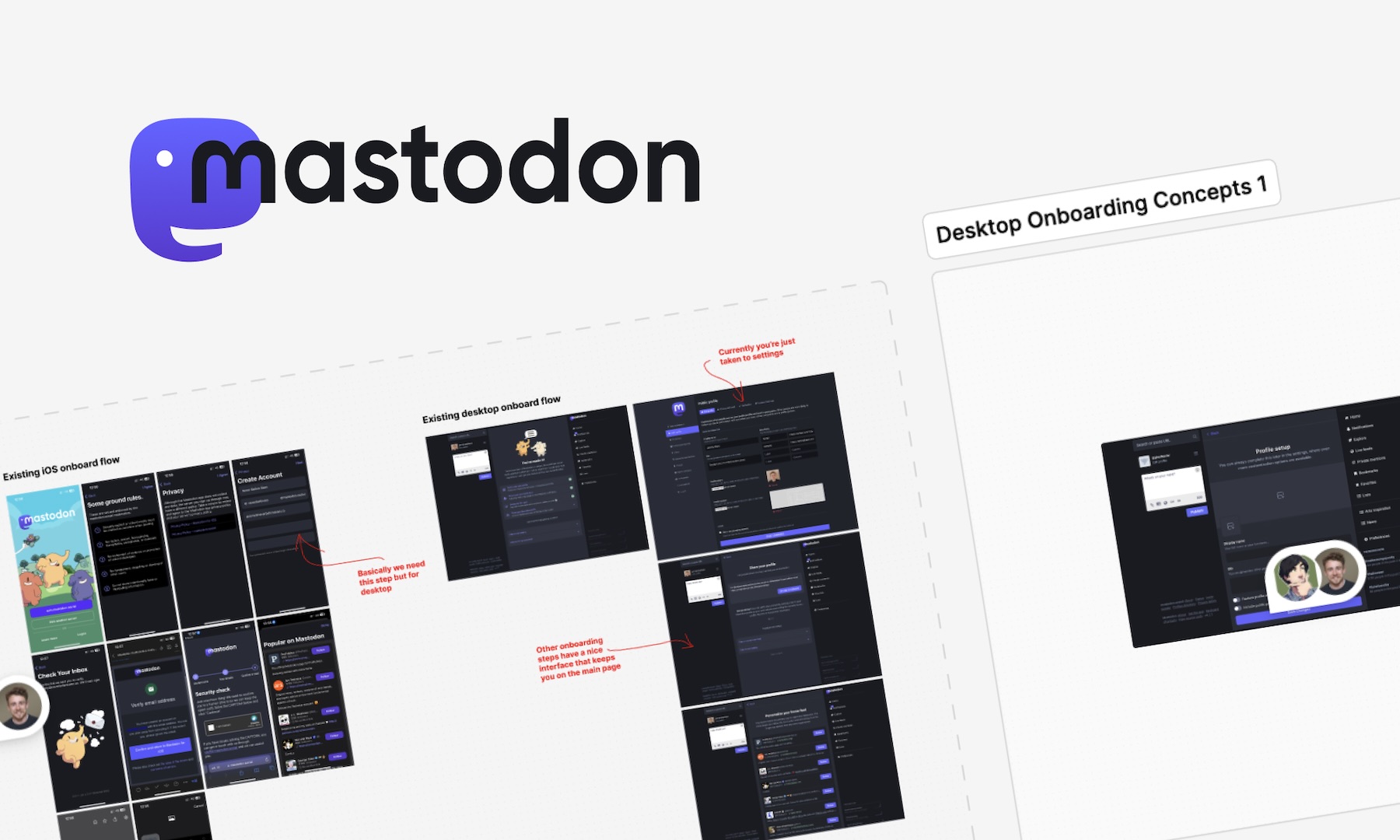
We helped Eugen Rochko, founder of Mastodon, fix their onboarding experience
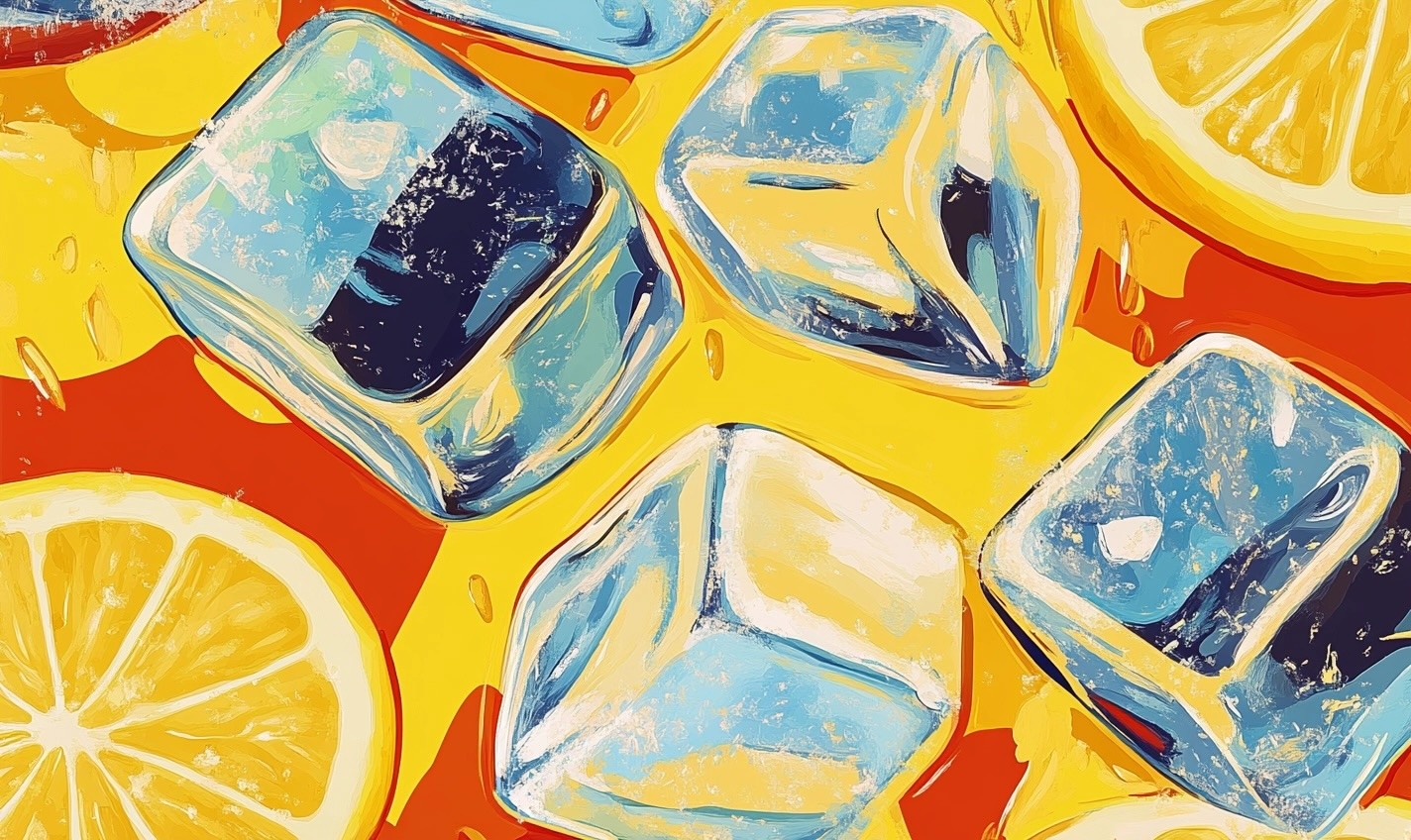
How to avoid MVP feature creep: The ICE Method

Introducing Mast: The project tool for design teams

Reflecting on my time running a 100-person creative community in the heart of Melbourne
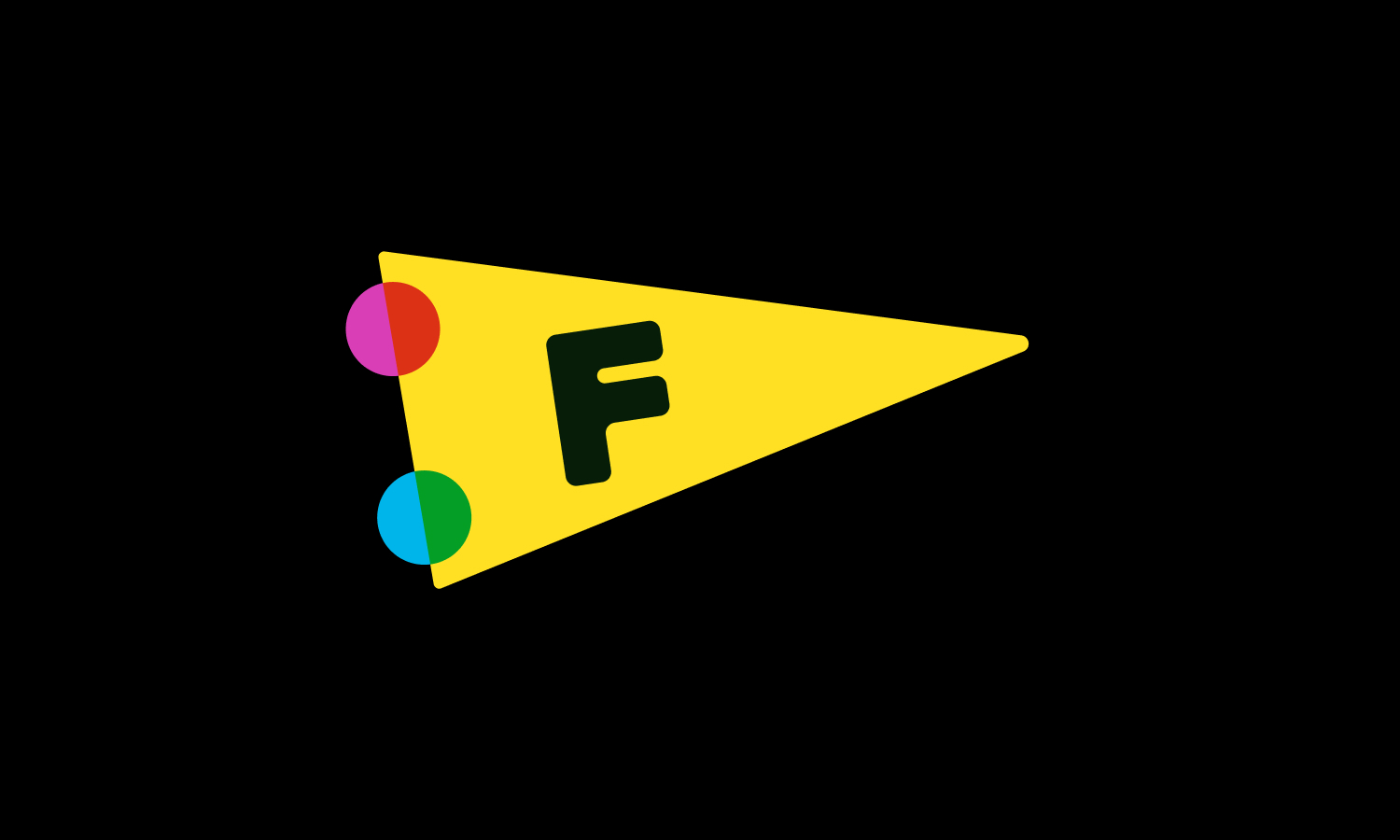
Starting a company during a global pandemic, with Jeremy Blaze on Funemployed

Introducing NOOK: Digital Patron Check-In & Menus to Keep Australia's Hospitality Industry Afloat
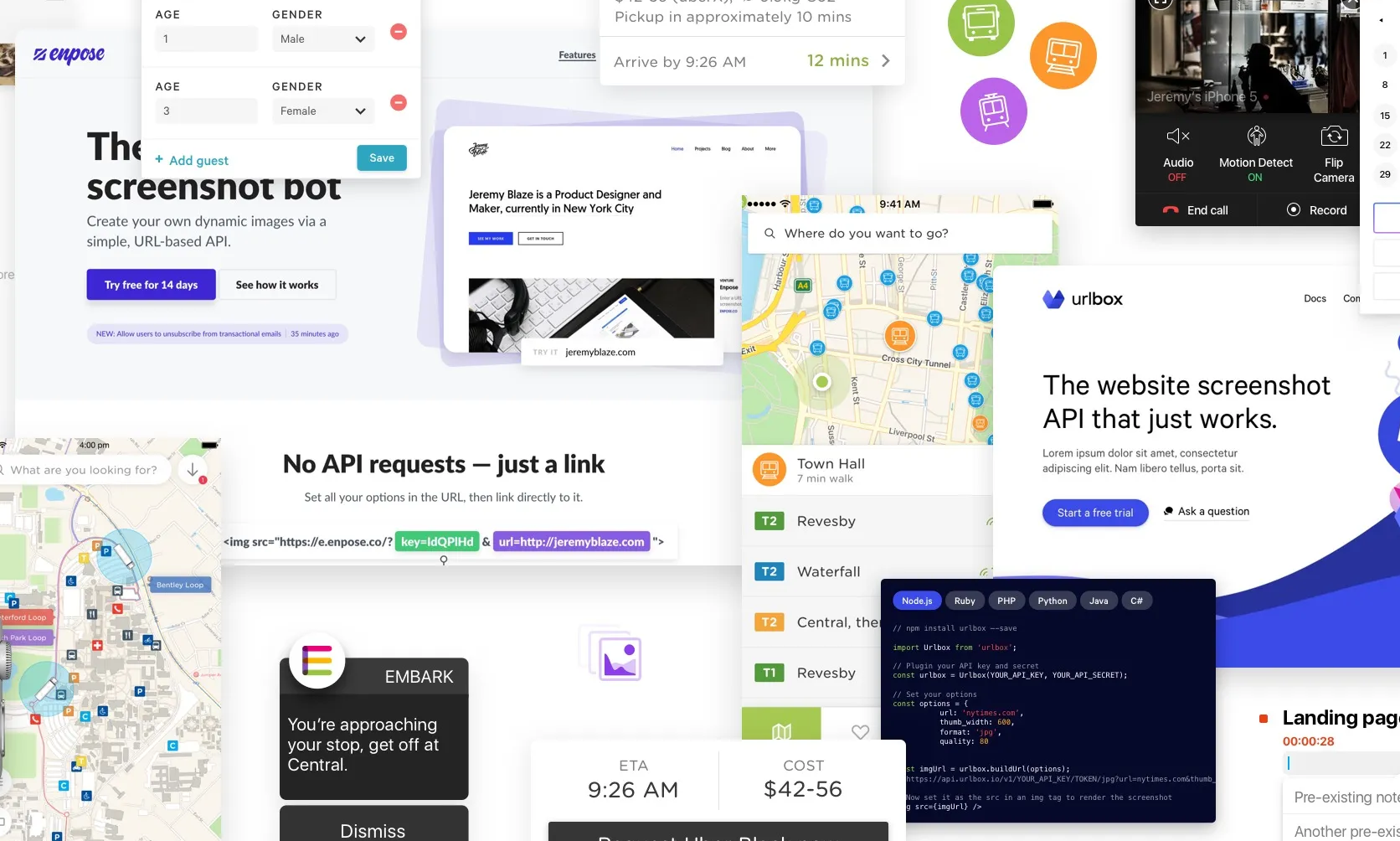
Why I’ve started a product design studio
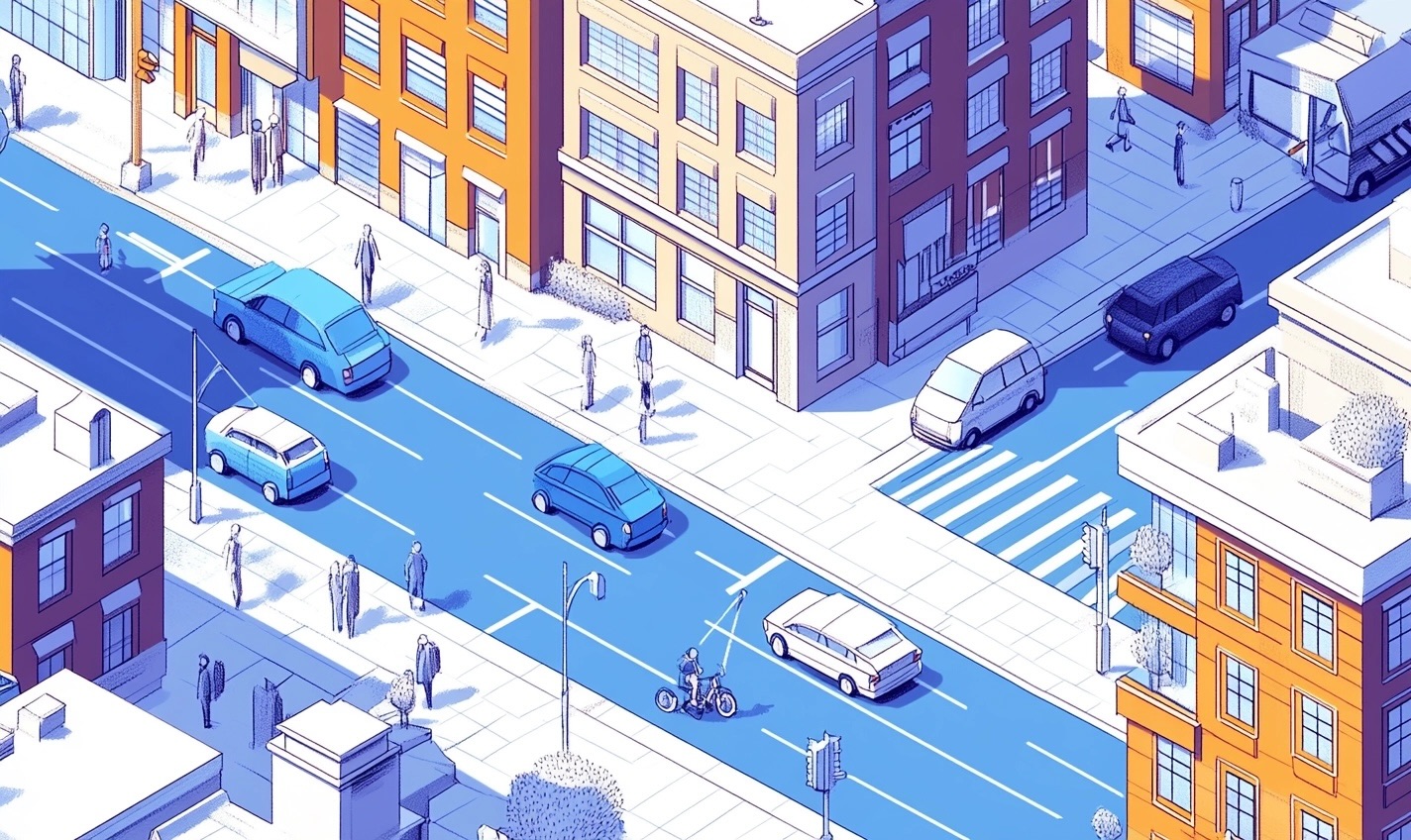
Case Study: Making sense of LIVE carpark availability in UbiPark

Case Study: Embark’s design, launch & early iteration
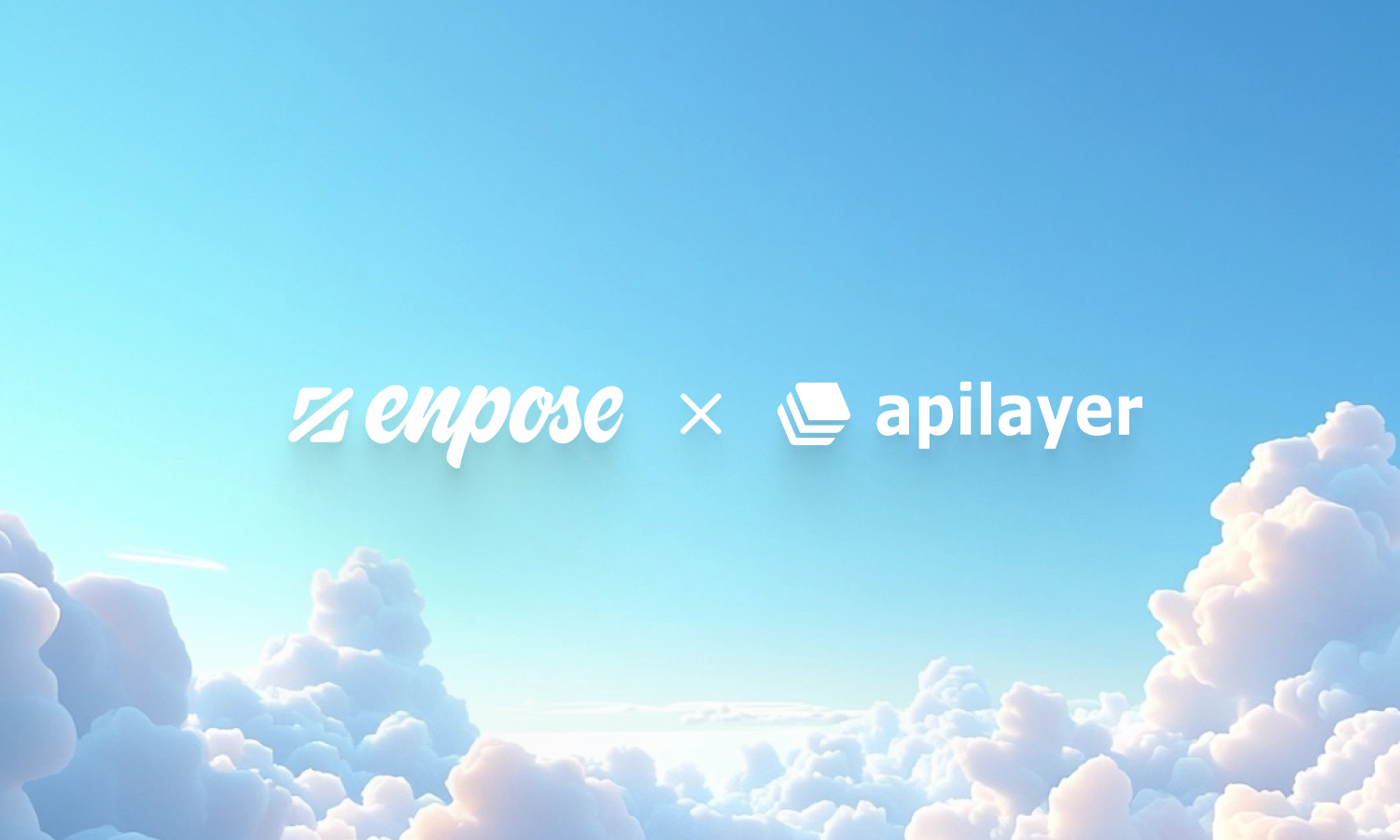
Enpose has been acquired by ApiLayer, solidifying their position in the screenshot API market
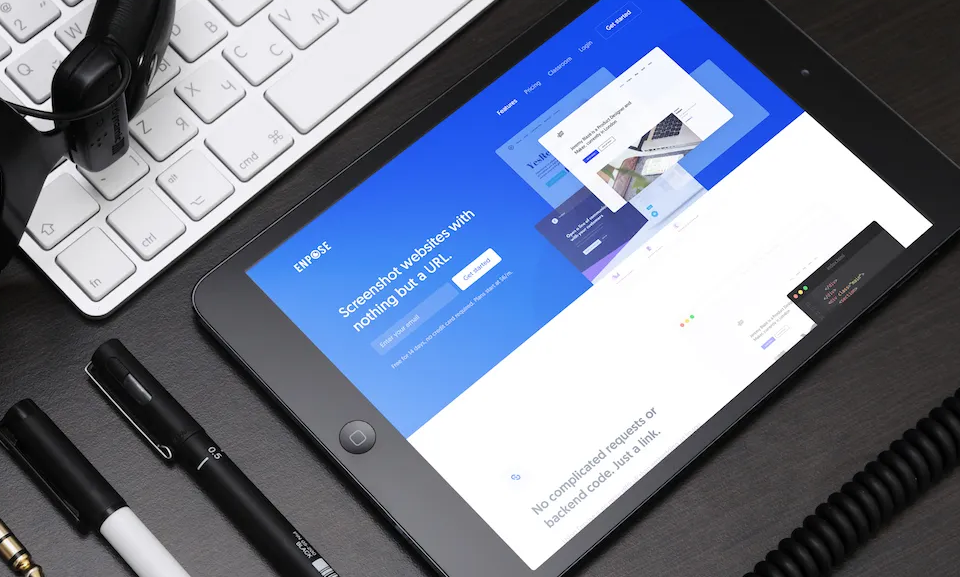
An exercise in reductive design: Building a beautiful API
